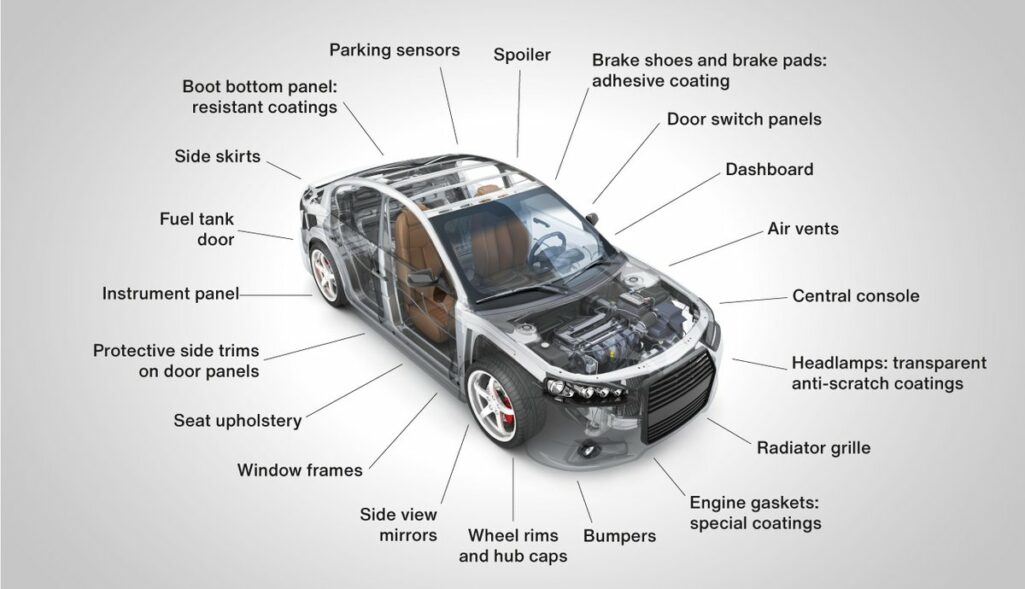
Your car is made up of many different parts, and each one is important to how it works. Because these components cooperate so well, your car can move from one place to another. Even though you may know these parts are important, you may not know how they work. The complete names of car parts will help you get to know the parts that work under the hood.
Fundamental Parts of a Car

Knowing the ins and outs of your car will make you a more informed consumer, which will come in handy when the time comes to take it in for maintenance. The list includes all of the fundamental components of a vehicle.
Engine

The engine is the core of your car. It is a complicated machine that uses the heat from burning gas to turn the wheels on the road. This goal is reached by a series of reactions that are set in motion by a spark. The spark ignites a mixture of gasoline vapor and compressed air inside a cylinder that has been sealed for a moment and makes it burn quickly. The machine is called an internal combustion engine because it works this way.
Power Train

The engine makes power, and the power train sends that power to the wheels. It is made up of the clutch (on cars with manual transmission), the transmission (a set of gears that helps the engine turn more to move the car), the drive shaft, the differential, and the rear axle.
Transmission
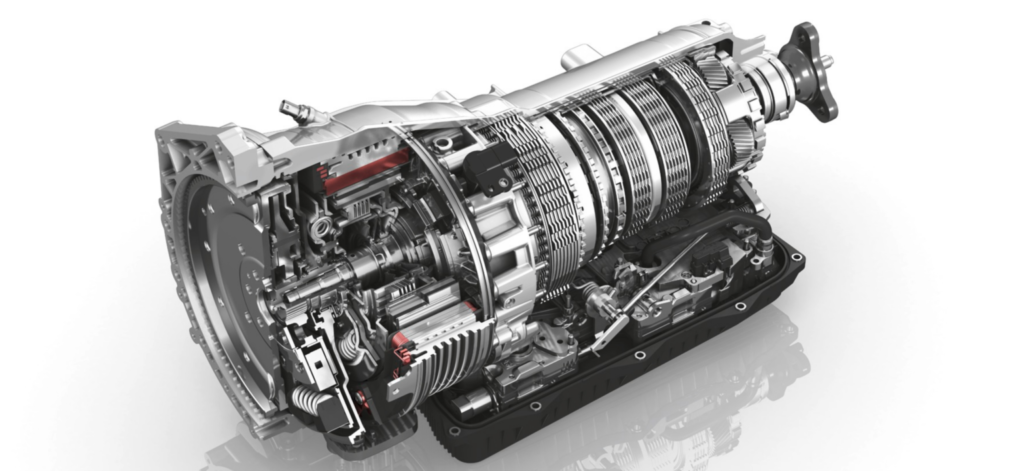
The main job of the transmission is to change how much torque the engine sends to the wheels when it needs to. You can achieve this by adjusting the gear ratio between the drive shaft and the engine output shaft.
The gearbox of a car is called the transmission. It’s kind of like how bicycles use a gear shifter and chain to change gears. These parts are always mounted straight on the engine so that the engine’s combustion power can be turned into motion by the belts and gears that are attached to them.
A transmission changes gears based on how fast the car is going and how far down the accelerator pedal is pushed. This keeps the engine’s RPM (revolutions per minute) at the right level.
Battery

The battery stores chemical energy so that it can be turned into electricity to power the electrical parts of your car. When talking about a car battery, you may also hear the terms; Battery Terminal (A way to link the battery to the electrical system of the car), Cold-Start Amps (The amount of current that the battery can send to the vehicle), Group Size (The size of the battery), and AGM (“absorbent glass mat,” a design in which a fiberglass mat soaks up sulfuric acid, making the battery less likely to leak and better able to hold a charge).
Alternator

The battery and alternator work together. The battery gives the car the electricity it needs to start when it’s turned off. The alternator keeps the car running. Direct current from the battery doesn’t work with electronic parts. They work because the alternator sends them alternating currents.
The alternator also keeps the battery charged so that when you turn off the car, it can be started again. The engine makes mechanical energy, which the alternator turns into electricity. When you turn on the engine, a serpentine belt connects the engine pulley to the alternator to keep it running.
Radiator

A radiator helps cool down the engine when it gets too hot. It is part of the cooling system for the engine, which also has a liquid coolant, hoses to move the coolant around, a fan, and a thermostat that checks the temperature of the coolant. One of the most important parts of this system is the radiator. It works to get rid of heat by circulating liquid coolant around your engine.
The radiator keeps your engine from getting too hot, which improves its performance and makes it last longer. Checking the coolant level in your radiator at least twice a year will help keep it in good shape.
Suspension
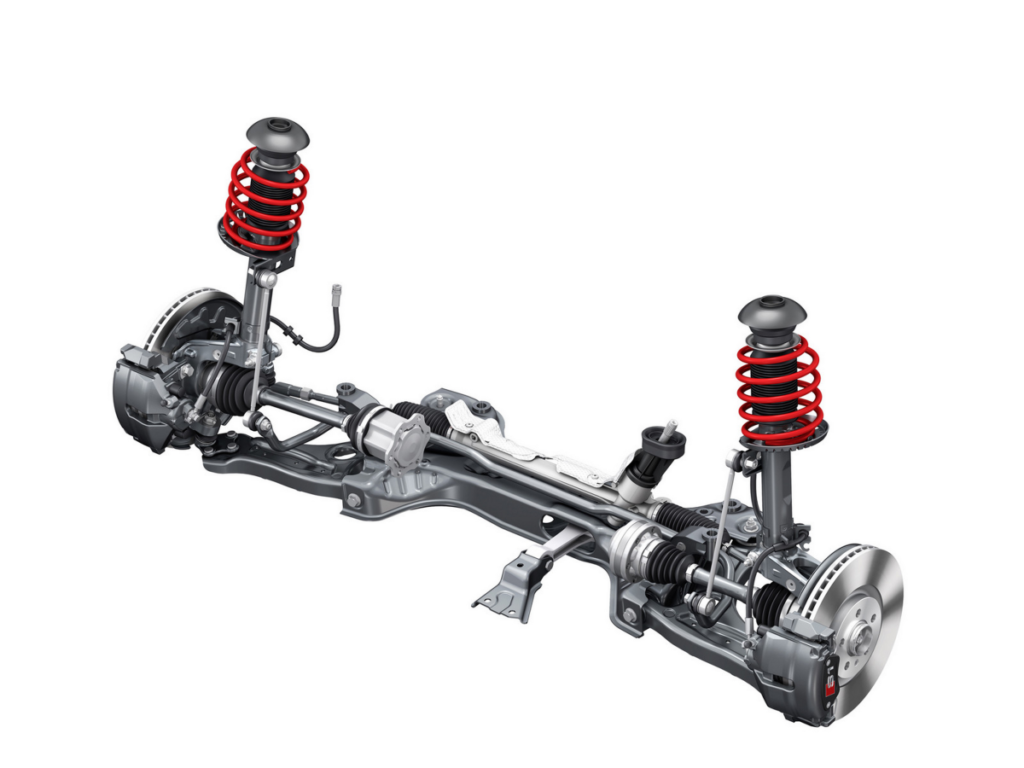
The parts under the wheel housing, like ball joints, tie rods, control bushings, etc., are part of the suspension system. These parts link the vehicle to the wheel and let the two move together.
The suspension system is very important for keeping the tires in perfect contact with the road and for absorbing bumps in the road. It also keeps the car and any cargo or luggage from getting damaged. There are also different designs of suspension systems.
Axles

Axles are the shafts that hold the wheels of a car. There are two axles through which the wheels on the road get the drive they need.
Front Axle. It is a part of the car’s suspension. This axle is in the front of the car and helps steer it and absorbs shocks from the uneven road surface. The beam, the swivel pin, the track rod, and the stub axle are the four main parts.
Rear Axle. The rear axle is between the differential and the wheels that move the car. It sends power from one to the other. The differential is what holds the two halves of the rear axle together. Each half is called a half shaft.
This axle is in charge of sending power to the wheels that are moving. It has two parts that are joined together by the differential. Most vehicles have rear axles that turn along with the wheels.
Brakes

Your car’s brakes help you slow down and stop, and they also keep your car in place when you park it. Most cars either have disc brakes or drum brakes.
There are calipers, rotors, and pads that make up a disc brake system. Drum brakes are made up of brake shoes and brake drums. All of these parts can wear out over time, and if the way your brakes feel or sound changes, you should get them checked.
Catalytic Converter
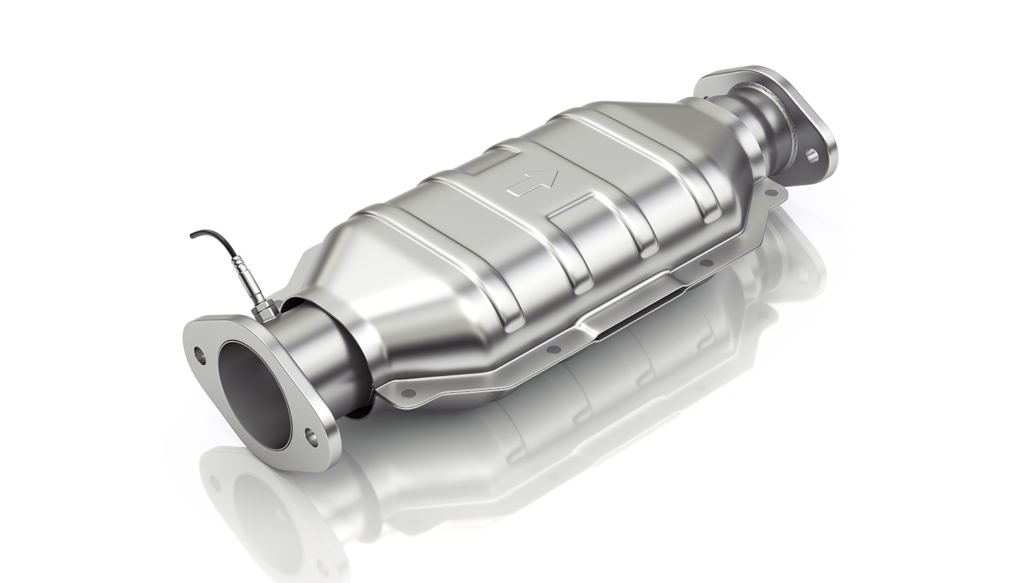
A catalytic converter is an exhaust emission control device that uses a redox reaction to turn harmful gases and pollutants in the exhaust gas from an internal combustion engine into less harmful pollutants.
Most of the time, catalytic converters are used on gasoline or diesel engines, including lean-burn engines, and sometimes on kerosene heaters and stoves.
Muffler

Mufflers are part of a car’s exhaust system and are usually placed at the back of the vehicle. It cuts down on the noise made by the engine when it burns fuel.
Automakers make mufflers out of steel and coat them with aluminum so that the harmful chemicals made by the engine don’t wear them out too quickly. They are also called silencers because they cut down or stop loud engine noise.
Tailpipe

The tailpipe is the pipe that transports exhaust fumes from the muffler or catalytic converter to the vehicle’s rear. Like a house’s chimney, it’s made to send exhaust away from the car and into the air. Exhaust pipes connect to the muffler and are often held in place by a bracket at the back of the car.
Exhaust pipes can get damaged in a rear-end collision if the brackets fail, if the seals break, or if they rust over time.
Fuel Tank
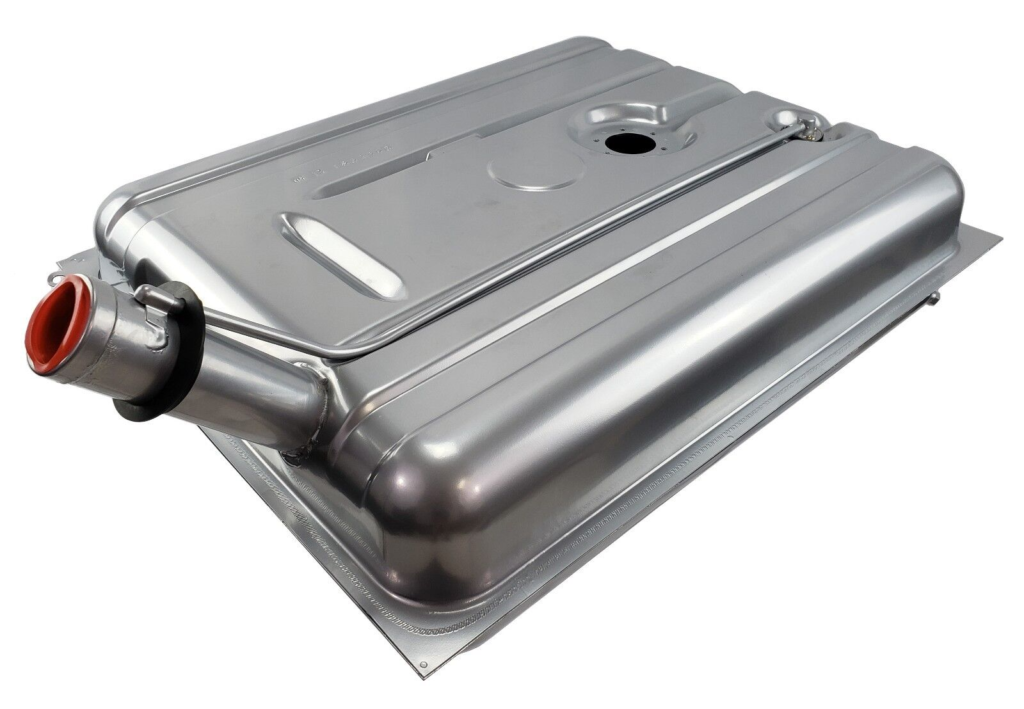
The fuel tank is usually located before the rear axle and holds the gas that makes your car move. It’s important to place it where they won’t crumple in a crash. You might need to take it off for a number of reasons, but the most common is to replace the fuel pump.
This tank can be filled from the outside through a small hole that is covered with a gas cap when not in use. Before the gas gets to the engine, it goes through a few more steps. Gasoline is pushed into the fuel lines by the pump. Most cars have fuel lines made of hard metal that carry fuel from the tank to the engine.
AC Compressor

Cars with air conditioning make driving more comfortable. The AC compressor is one of the most important parts of the AC. As the name suggests, it turns refrigerant for air conditioning from a gas into a liquid. When the coolant is in the form of a gas, it takes in heat.
If the AC compressor breaks down, it will affect how well the whole AC system works. As long as there is enough refrigerant and no leaks or other problems, like a broken engine cooling fan, the compressor will work.
Shock Absorbers

Your car’s suspension system helps keep it stable as you drive. The suspension is made up of many parts, and the shock absorbers are an important part of this system. Shock absorbers help keep your car steady when you’re driving.
The main job of the shock absorbers is to make sure that your tires always touch the road. This makes it easier and safer to drive a car. They also help the brakes work by making sure the tires are always touching the road. If your shocks are worn out, you may feel vibrations while driving, and your tires may wear out unevenly, among other things.
Steering System

The steering system is used to turn the vehicle in a different direction. The most important things about a steering mechanism are that it is accurate and easy to use and that the front wheels tend to go back to facing straight ahead after a turn.
In this system, the steering effort the driver puts in is increased by a gear mechanism called the steering gear. This system makes it easy for the driver to steer the car without having to do much. Cars need to be steered not only on roads with curves but also on roads with a lot of traffic. The steering system makes it possible to steer the vehicle or turn it to the left or right.
Lubrication System

There are many parts that move in an engine, and as they rub against each other, they wear out over time. Oil is circulated through the engine so that metal parts don’t rub against each other and cause wear. When parts are oiled, they move more easily and with less friction. This means that less power is lost due to friction.
A lubricant also helps keep things cool and prevents leaks by acting as a sealant and a coolant. Lastly, a thin layer of lubricant on the cylinder walls helps the rings seal and improves the compression of the engine.
Cooling System
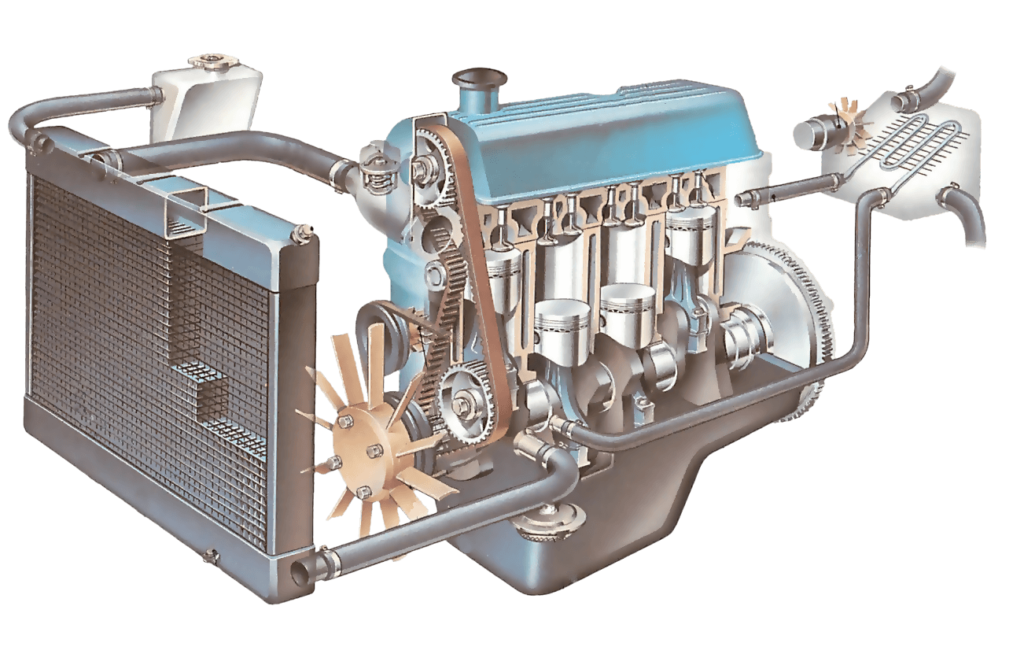
The temperature of the engine parts goes up when fuel and air burn together in the cylinder. This rise in temperature has a direct effect on how well the engine works and how long its parts last.
The cooling system keeps the engine at the right temperature so that it can work well. No matter how you drive, the system is made to keep the car from getting too hot or too cold.
Ignition System/ Spark Plugs

In the combustion chamber, the spark plugs ignite the mixture of air and fuel. It works as quickly or slowly as the engine turns per minute. The spark plug should always do its job well. If any of it goes wrong, it will cause the engine to misfire, run rough, lose power, or knock.
The ignition system’s job is to help the fuel burn by sending a high-voltage spark or letting the fuel ignite itself in each cylinder at the right time so that the air-fuel mixture can burn completely.
Clutch

A device known as the clutch plays an important role in the transmission of power from the engine to the transmission. Through the clutch pedal, information from the driver is sent to the clutch system. It is a pedal on the driver’s left foot that is located next to the brake pedal.
When a driver presses down on the clutch pedal, it prevents the power from the engine from being transmitted to the transmission. Because of this, the driver is required to press down on the clutch pedal before shifting gears.
Drive Shaft

The drive shaft, also known as the propeller shaft, is what connects the differential unit to the gearbox. Each of the driveshafts has a universal joint attached to the very end of it.
Differential
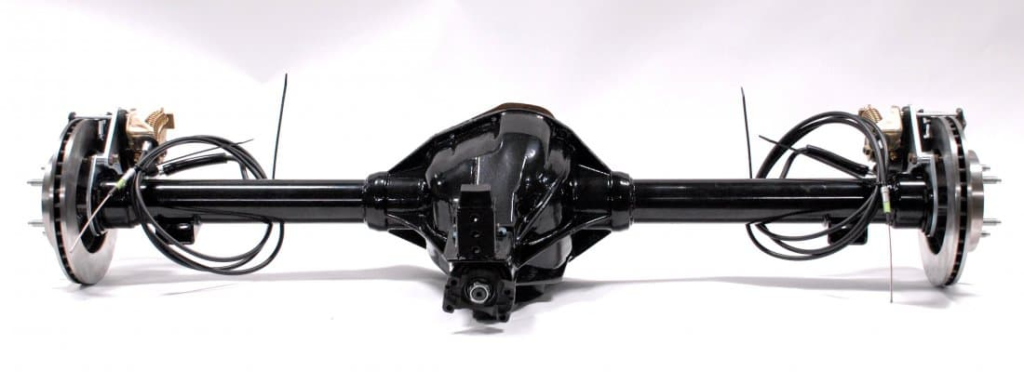
The power that is transmitted from the propeller shaft to the rear axle shaft is what the differential is responsible for dividing up and distributing. When the vehicle enters a turn or goes into a ditch, it is able to drive the rear wheels at different speeds, thanks to this feature.
Wheel/Tire

There are four wheels on every car. Tires, which are black, are the parts of a car that touch the road. Automakers make them out of rubber, and they are filled with nitrogen or air.
Speedometer
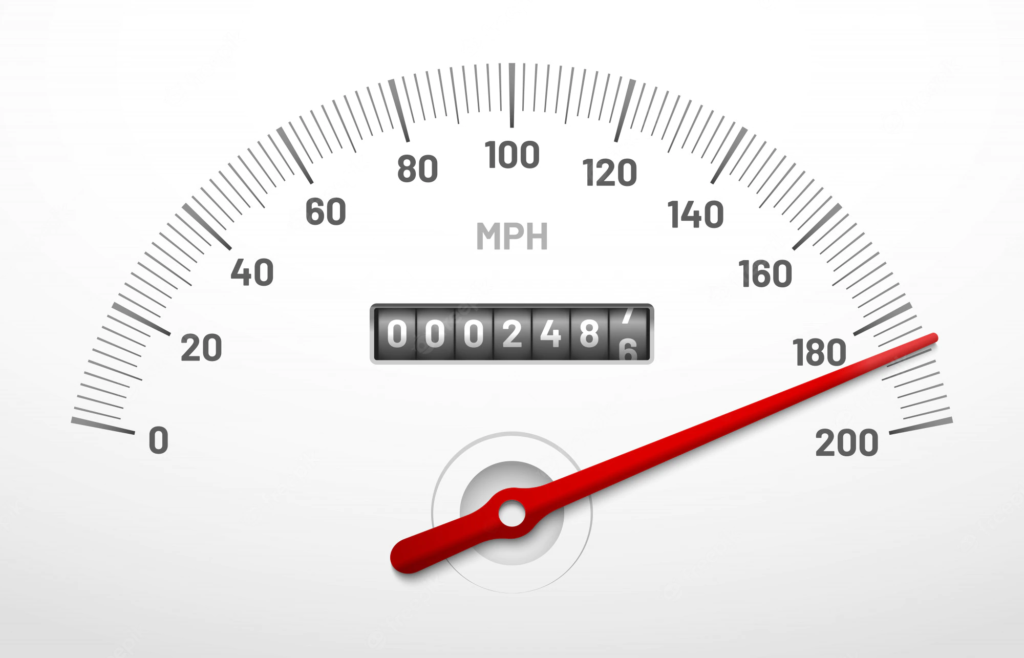
A speedometer or a speed meter is a gauge that shows the speed of a vehicle at any given time. Now standard on all cars, they first became available as options at the beginning of the 20th century and then became standard around 1910.
Other vehicles’ speedometers have different names and use different ways to measure speed. This is a pit log for a boat. This is a speed indicator for an airplane.
Gear Shift

With the gearshift, you can move a car forward, backward, or keep it in neutral. The gearshift on cars with a manual transmission is called a “stick shift.” Most of the time, the term “gear stick” refers to the shift lever on a car with a manual transmission. A similar lever on a car with an automatic transmission is called a “gear selector.”
Most of the time, a gear stick is used to change gears while the left foot is pressed down on the clutch pedal to disconnect the engine from the drivetrain and wheels.
Windscreen

The front window is the windshield or windscreen. It lets you see out and protects you from the weather. Most modern windshields are made of laminated safety glass, which is a type of treated glass that is usually made of two curved sheets of glass with a layer of plastic in between them for safety. This glass is then bonded to the window frame.
Windshields protect the people inside the car from wind and flying things like dust, bugs, and rocks. They also make the front window more aerodynamic. UV coating can be used to stop harmful ultraviolet radiation from getting through.
Windscreen Wipers

Windshield wipers are one of the most secure parts of a car. Drivers use it to clear the windshield of raindrops, water, ice, snow, and/or dirt so they can see clearly. Almost all cars, sedans, coupes, convertibles, trucks, boats with cabins, train locomotives, and even some planes have windshield wipers. This feature is required by law.
Windshield wipers are made up of metal arms and a rubber blade. The arms are made of strong metal, and an electric motor moves them. When the driver flips the switch, the blade moves up and down in the windshield to clear off raindrops, ice, and other kinds of precipitation.
Headlights
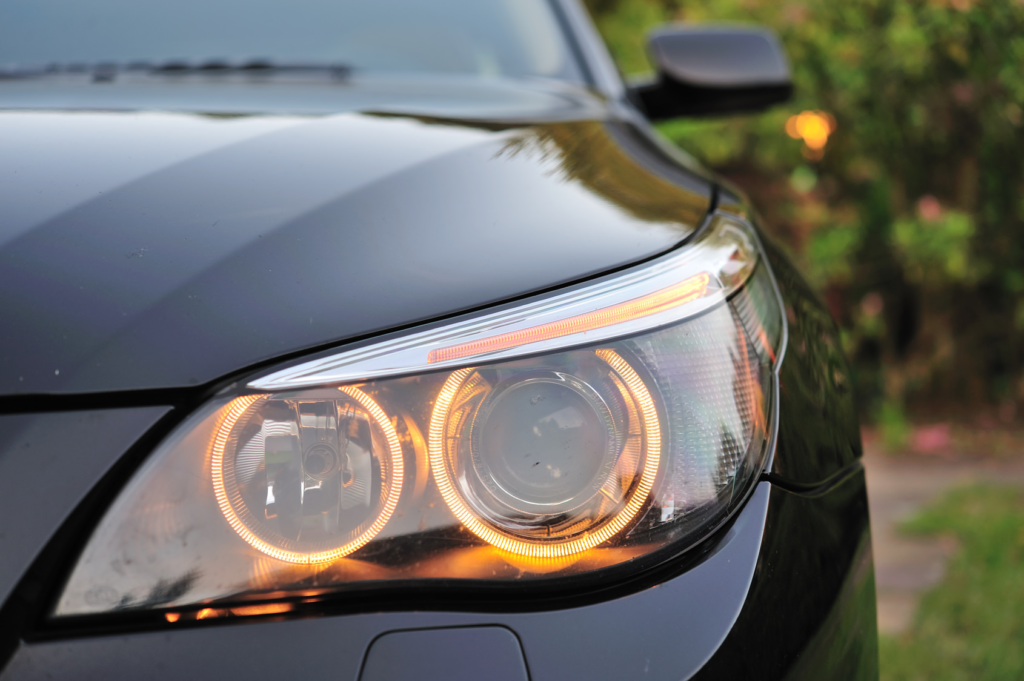
A headlight is a light on the front of a car that helps you see the road ahead. The big difference between daytime and nighttime traffic deaths has led to steady improvements in headlamps. The US National Highway Traffic Safety Administration says that nearly half of all traffic-related deaths happen at night, even though only 25% of traffic is on the road at that time.
Tail Lights

The taillights are installed on the back of the car, above the bumper. They are red and have white lights next to them that let you know when the car is in reverse. When you’re driving, tail lights let other cars know you’re there so you can travel safely at night.
Direction-indicator lamps or turn signals also called “directional signals,” “directional,” “blinkers,” or “indicators,” are blinking lamps that are mounted near the left and right front and back corners of a vehicle, and sometimes on the sides or on the side mirrors of a vehicle, and are turned on by the driver on one side.
Car Hood
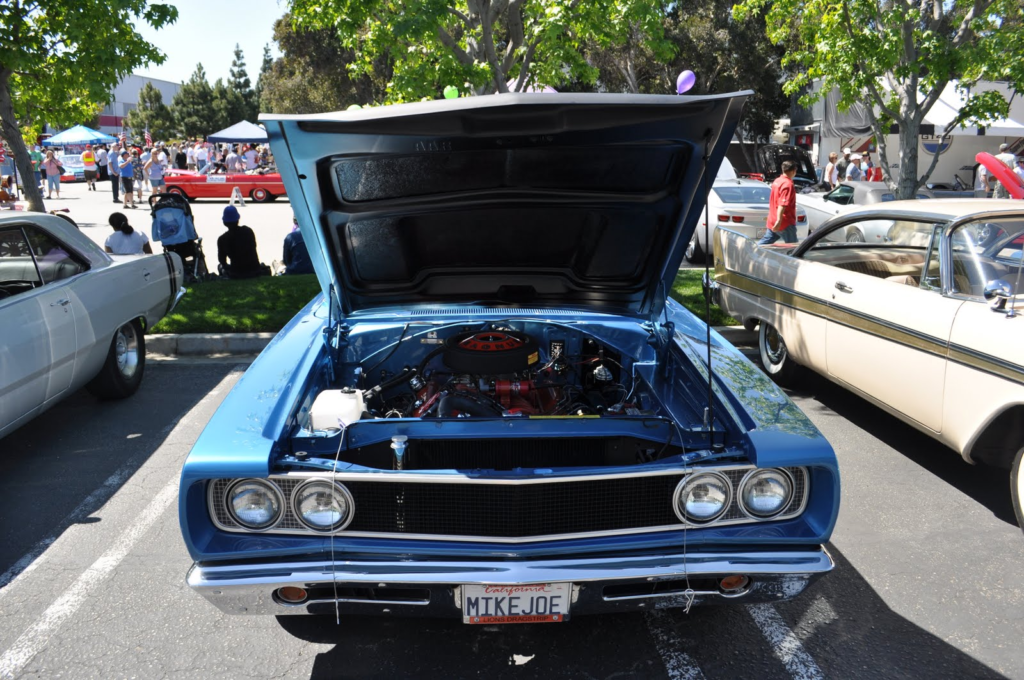
A car hood, or bonnet in some countries, is the hinged cover that goes over the engine of a front-engine vehicle. Its job is to let repair and maintenance workers get to the engine.
Most of the time, a hidden latch is used to hold the hood down. Hood pins can be used to hold the car hood down on cars with aftermarket hoods and on race cars. There may also be a hood scoop, wiper jets, a power bulge, or a hood ornament on the hood. Most car hoods are made of steel, but sometimes they are made of aluminum.
Trunk
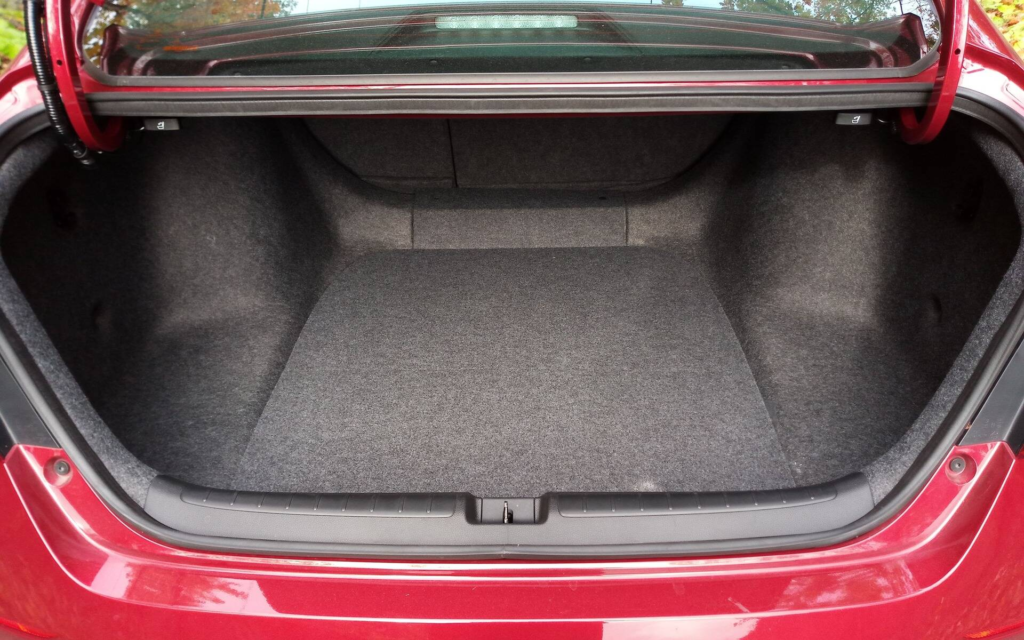
The trunk is at the back of the vehicle. They are mostly made to carry luggage or cargo in convertibles, sedans, or coupes. Native North Americans use the term “trunk,” while those in the rest of the English-speaking world call it “boot.”
Fuel Guage

The fuel gauge is an important part of the fuel system because it shows how much fuel is in the tank. It works with a sending unit or sensor to show on the dashboard how much gas is in the tank.
It’s important to make sure that the fuel gauge is always working. If it stops working, the driver won’t be able to tell when the gas tank is empty. This could cause the car to stop in the middle of nowhere.
Temperature Guage

The temperature gauge shows how hot the engine coolant is. The temperature gauge works with the temperature sensor, which is directly connected to the engine coolant. The temperature gauge is a dial on the cluster of instruments that shows when the engine coolant temperature is low, normal, or too high.
Car Trip Meter

A Trip meter is a tool used to figure out how far a vehicle, like a car or a bike, has gone. Find the small rectangle with five or six numbers in it to read the odometer. Usually, it is close to the speedometer. If your car is fairly new, it may have digital parts. If your car is older or less fancy, it will be a set of physical, mechanical numbers.
Pistons

One of the main parts of an engine that moves back and forth is the piston. There can be as few as three pistons or as many as sixteen pistons in an engine. Most cars have between four and six pistons.
As the pistons move inside the engine, they turn the crankshaft, which sends power to the wheels and lets the car move. The speed of the crankshaft and the pistons determines the speed of the engine.
Rev Counter
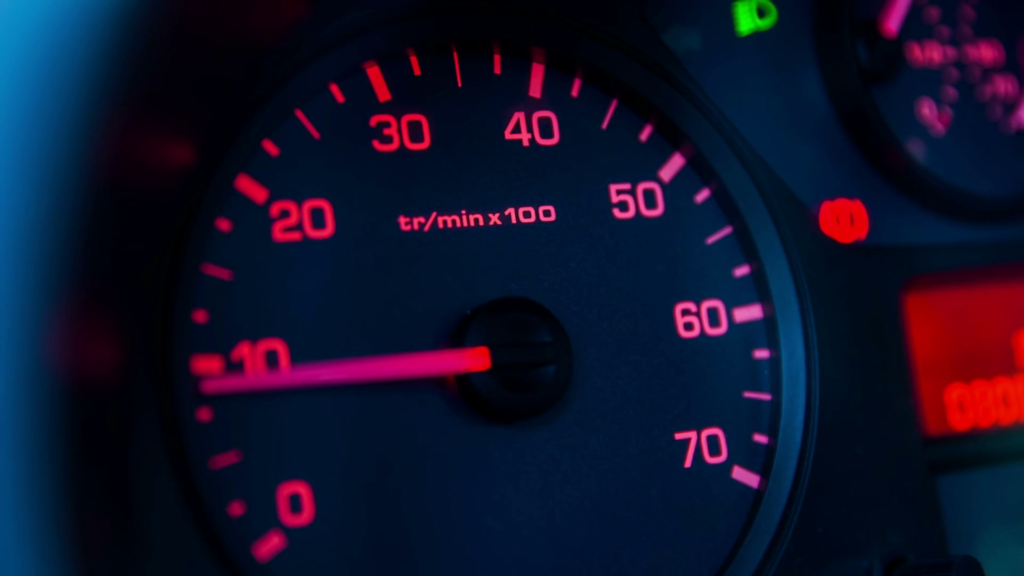
A revolution counter is a device that measures how fast a shaft or disk in a motor or other machine turns. Most of the time, the device shows the RPM on a calibrated analog dial, but digital displays are becoming more common.
A rev counter simply shows how many times an engine’s crankshaft rotates per minute (RPM). The crankshaft is the rotating part that turns the up-and-down motion of the con-rods and pistons into circular motion.
Other Accessories

Modern cars have a lot of extra accessories that make driving safer and more comfortable. Self-starting driving and signaling lights, such as headlights, taillights, brake lights, parking lights, windshield wipers, horns, indicators, radio, heating, air conditioning, power steering, etc., are common examples.
Final Words
You should now know what different parts of a car do and how they work. When you go to your mechanic the next time, call your car parts by their names. This list may not include some parts available in modern vehicles as this list contains the basic part that a vehicle needs to function. If you want the best driving experience, you need to make sure every part gets the care it needs to keep working right.
No comments:
Post a Comment